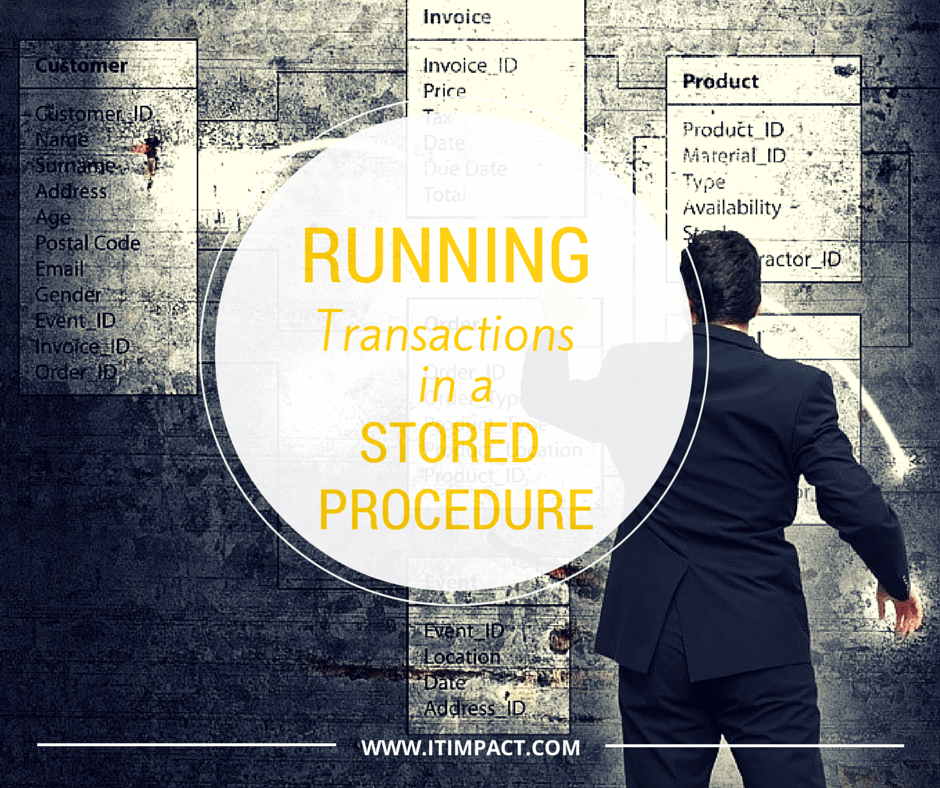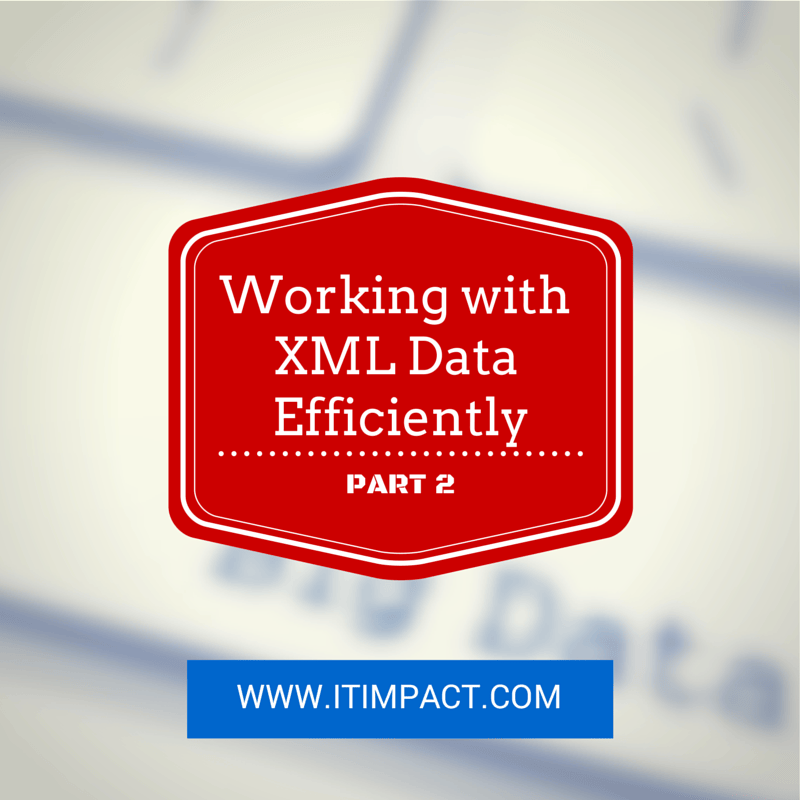SQL Server with Access Articles, tips and tricks
Replicating made simple: SQL Azure Data Sync
On May 13th, at 6:30 PM CST, I will be speaking about how you can easily create a solution that enable you to have your Access program working across broad geographic regions by leveraging SQL Azure Data Sync which is still in preview. In the talk, we will demonstrate how to get set up with replicat [...]



